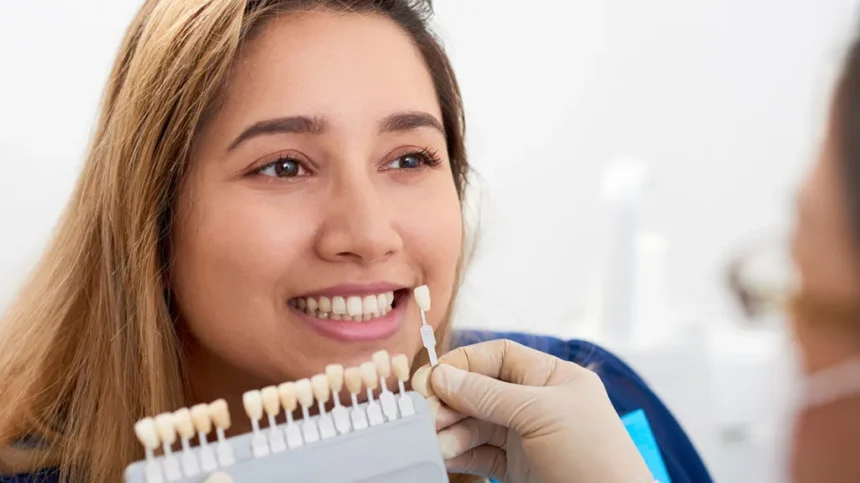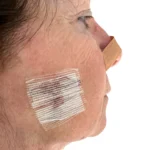Veneers are cosmetic dental solutions that alter the visual aspects of teeth. They’re composed of thin, custom-designed shells that fit over the front surfaces of the teeth. Veneers help individuals address a range of visible dental imperfections, such as chips or cracks, and they enhance overall smile symmetry. Here are several ways this cosmetic treatment can address common dental imperfections:
Correcting Tooth Discoloration
Dental veneers are an effective solution for correcting tooth discoloration that does not respond to conventional whitening treatments. Stains from substances like coffee, tea, tobacco, or certain medications can penetrate below the enamel, making surface treatments less effective. Custom-shaded veneers provide a way to restore uniform color and improve overall appearance. Dental professionals carefully match the veneer’s shade to the patient’s natural teeth; they make sure the final result blends seamlessly and enhances brightness. This approach works well for individuals seeking either a single-tooth correction or a complete smile makeover.
Modifying Tooth Shape and Size
Veneers provide a way to alter tooth shape and size, so they’re beneficial for those with irregular or worn teeth. Some teeth emerge naturally shorter, or they present with asymmetrical edges. This can disrupt an otherwise harmonious smile.
During the planning stage, dental professionals measure and design veneers to produce balanced proportions. When applied, the veneers mask variations in length and width, producing an even, proportionate appearance. This technique fundamentally shifts the visual impact of the smile; it offers both subtle and dramatic enhancements, depending on the desired outcome.
Concealing Minor Misalignments and Gaps
Veneers can effectively address minor misalignments and spacing issues that don’t require full orthodontic treatment. Slight crookedness, small gaps, or diastemas may impact overall dental appearance. Dental professionals design veneers with customized shapes and widths to close gaps and visually improve alignment. They carefully plan veneer dimensions to promote a unified, natural look. This method is suitable when major structural corrections aren’t required, so patients contemplating orthodontic treatment should discuss the scope and limitations of veneers before beginning care.
Repairing Chips and Cracks
Minor chips and surface cracks are caused by various factors, including:
- Wear
- Minor accidents
- Biting hard substances
- Teeth grinding
- Poor dental hygiene
- Aging and natural enamel thinning
These imperfections do not always threaten tooth integrity, but they can draw unwanted attention. Veneers are a key restorative measure; they cover chips and cracks to restore uniformity. By bonding the shell over the damaged area, the veneer delivers a smooth exterior and helps shield weakened zones from further visual or structural disruption.
Ask Your Dentist About Veneers
Veneers are a key cosmetic dental tool for addressing concerns such as discoloration, irregular shape or size, minor misalignment, and superficial damage. Each application begins with a collaborative planning phase, during which the dental professional evaluates the patient’s specific goals and designs a customized solution. Some dentists also provide temporary veneers if a prompt solution is needed before applying a more permanent fix. Schedule a consultation with a cosmetic dentist today to determine whether veneers are a suitable option for your smile.





